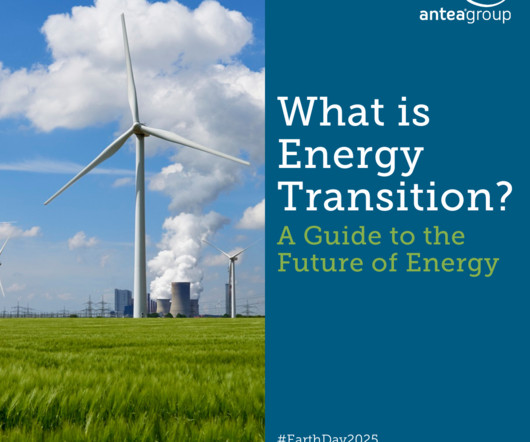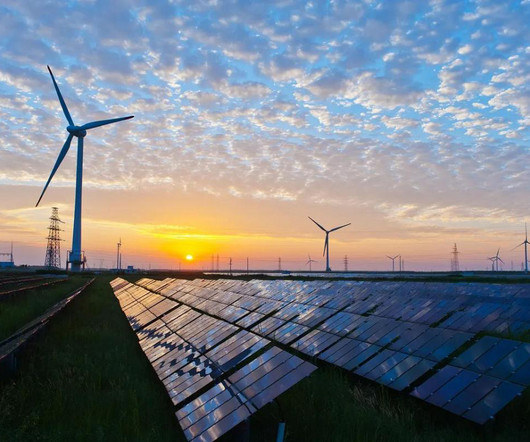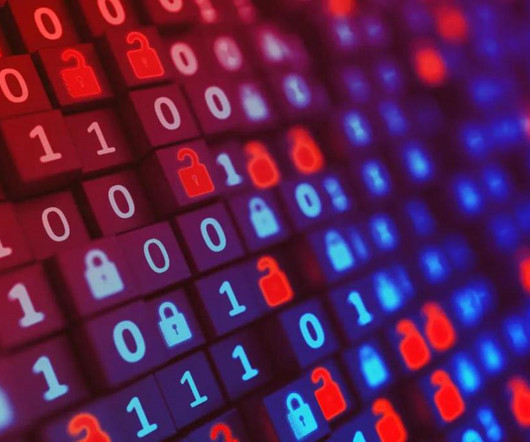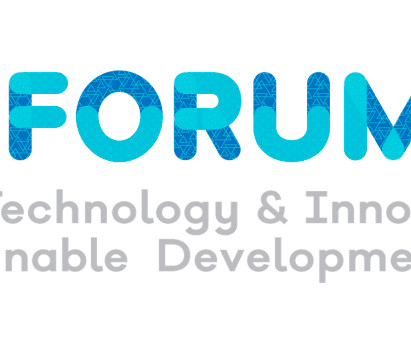What Is Energy Transition? A Guide to the Future of Energy
3BL Media
APRIL 22, 2025
Smart grids : Digitalized grids optimize electricity distribution, reduce waste, and enhance energy efficiency. Energy efficiency sectors , such as retrofitting buildings and smart grid deployment. Smart grid technologies and energy storage solutions are helping address this challenge.
















Let's personalize your content